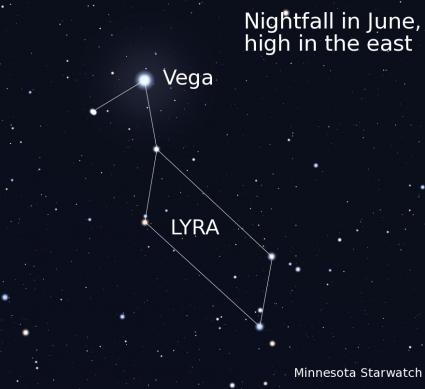Points North: No moose hunt app for this Minnesotan
| Attachment | Size |
|---|---|
| Finalcut_PN_Moose_20100409.mp3 | 6.28 MB |
I'm not applying for a Minnesota moose permit this year. Having killed a bull in 1989 (prior to the present once-in-a-lifetime permit restriction) and later accompanying my father on a hunt, I don't need to kill another Minnesota moose.
Now, if you are among the thousands of hunters who enter the annual moose license lottery for a couple of hundred licenses, more power to you. Minnesota has enough moose to support its small bulls-only hunt. My decision is a personal one. Until we have a better grasp as to what is going on with our declining moose herd, I am content to sit on the sidelines of the hunt.
Earlier this year, the DNR announced the results of the annual aerial survey which indicated the moose herd in northeastern Minnesota had declined by about 2,000 animals from the previous year. This leaves us with a total of about 5,500 animals with a ratio of 87 bulls to 100 cows. More recently, the agency announced 223 bull tags are available for the 2010 hunt. That means one permit is issued for about every 10 bulls in the woods. Bear in mind these are tags available to state hunters, a similar number of tags are likely to be issued by the tribal 1854 Authority and the Fond du Lac Band.
While a few hundred state and tribal hunters will be out in woods (hunters may apply as groups), many won't be successful. Still, when the herd is experiencing a continuing and not wholly explicable population decline best described as death by a thousand cuts, one would think human harvest is another slice.
The DNR has created triggers based upon hunting success as a guide for closing moose hunting zones which will be incorporated its eventual moose management plan. But zone closures won’t occur until the moose herd is significantly reduced from where it is today. And we already have significantly fewer moose than we had a decade ago.
None of this necessarily means northeast moose are headed toward the virtual extinction of the herd as occurred in the northwest. In my wanderings this spring, I’ve encountered areas with decent amounts of moose sign. That said, judging from droppings, most of the sign I’ve found was left by lone adult moose.
Within Cook and Lake counties, there remain substantial areas with good moose populations. The boreal forests there are certainly more conducive to moose than they are to deer. But there seem to be more deer on the fringes of the core moose area than there have been at any time since the modern moose hunt began in the early 1970s. An abundance of deer and moose don’t mix. The reason why is not well understood, but likely has to do with the transmission of disease such as brain worm, which is fatal to moose but not deer.
Since the abundance of deer in the north woods is mostly controlled by the severity of winter—hunters and wolves are far less of a factor, despite what you may hear from barstool biologists—the size and extent of our future moose herd may be tied to climatic cycles. If we continue to have a couple of “killer” severe winters every 10 years or so, we should have a relatively deer-free area in the northeast that can support moose. However, that deer-free area may be smaller than it used to be, particularly if we have more mild winters.
What this means to the future of moose hunting is uncertain. While no one likes to talk about it, the fact is three separate entities conduct moose hunts in northeastern Minnesota. While there is excellent communication among the state and tribal wildlife managers, closing all three moose hunts is a political rather than biological issue. And the state won’t necessarily be the leader on this one.
It is unlikely moose hunting harvest will be the deciding factor for the fate of the northeastern Minnesota moose population. However, if the population continues to decline in annual surveys, it will be ever harder to justify a moose hunt. The public response to that decline may very well override waiting to reach the biological triggers wildlife managers intend to use to close hunting zones. We’ll have to wait and see what happens.
Airdate: April 9, 2010
Tweet






